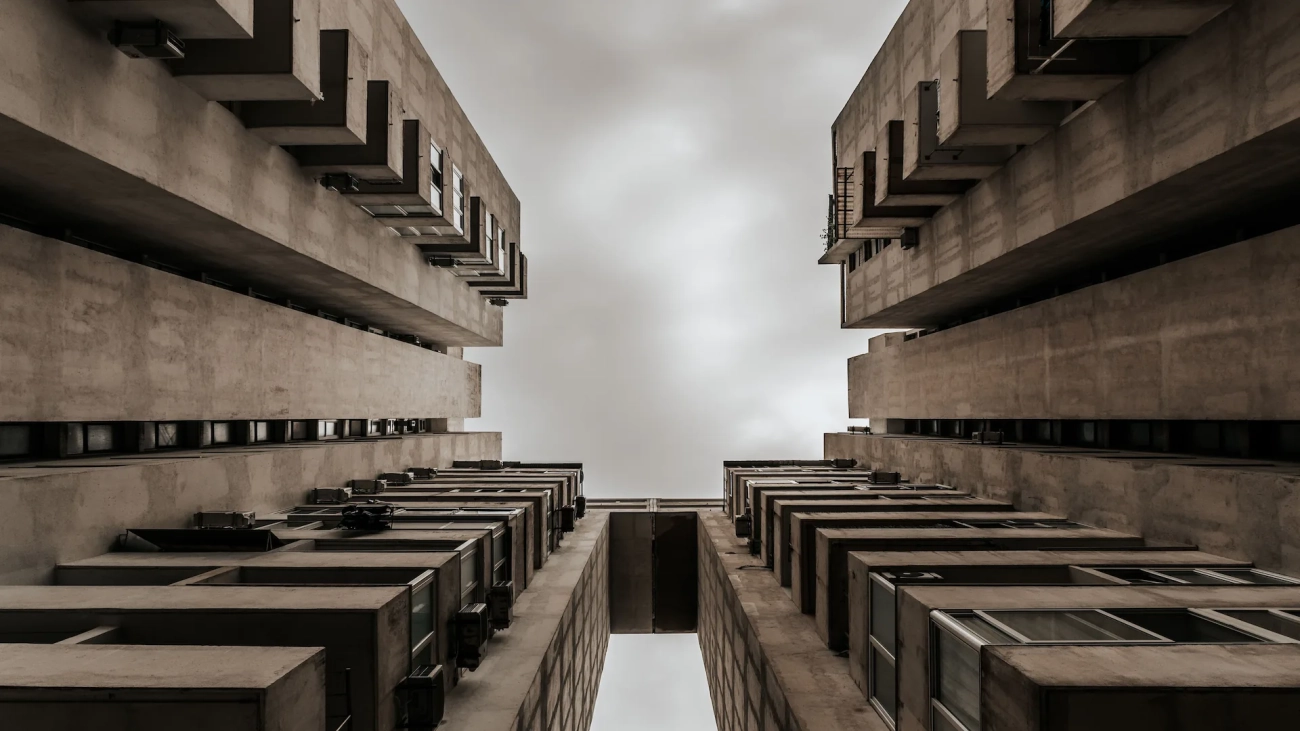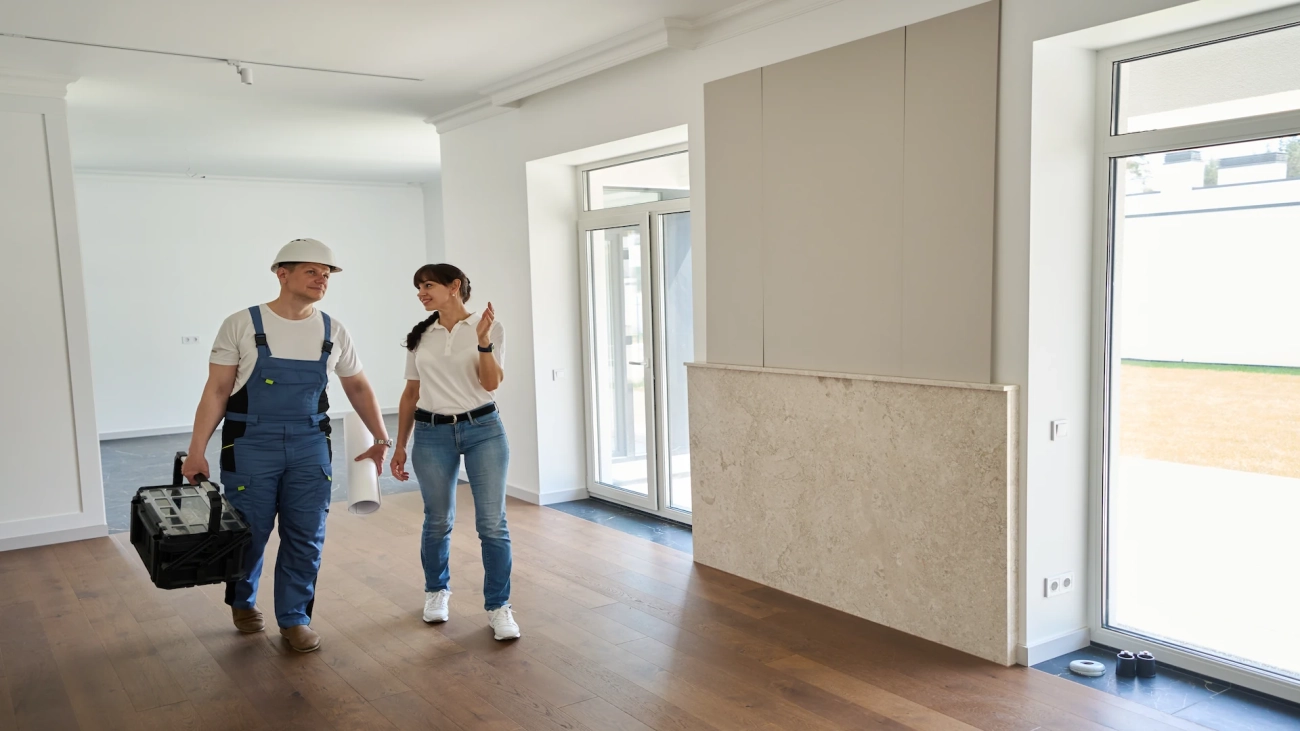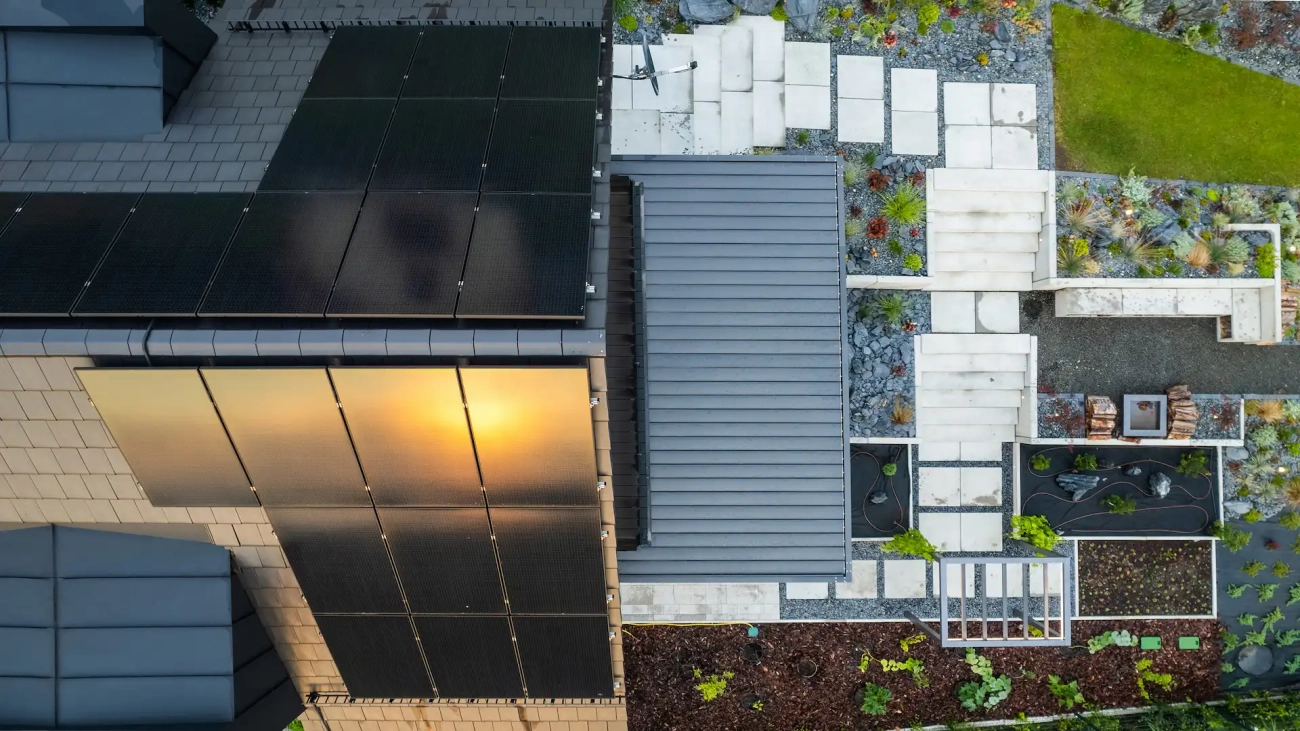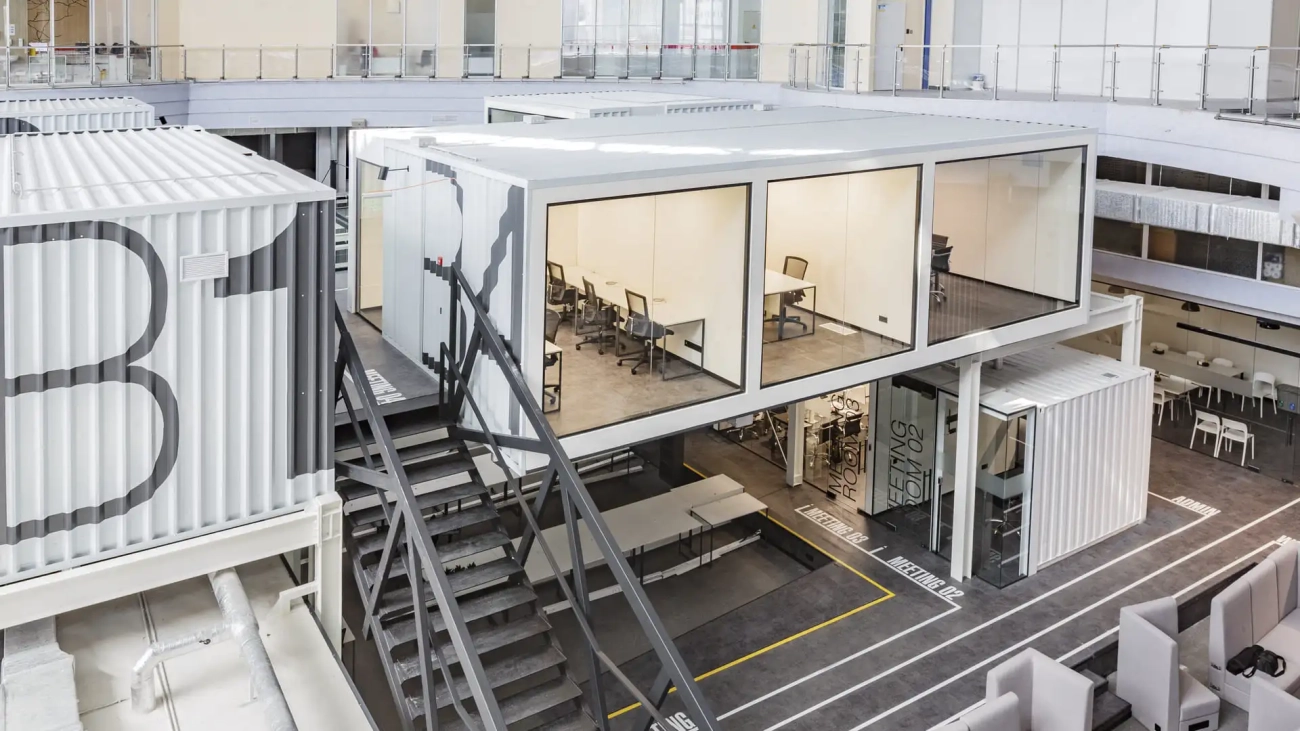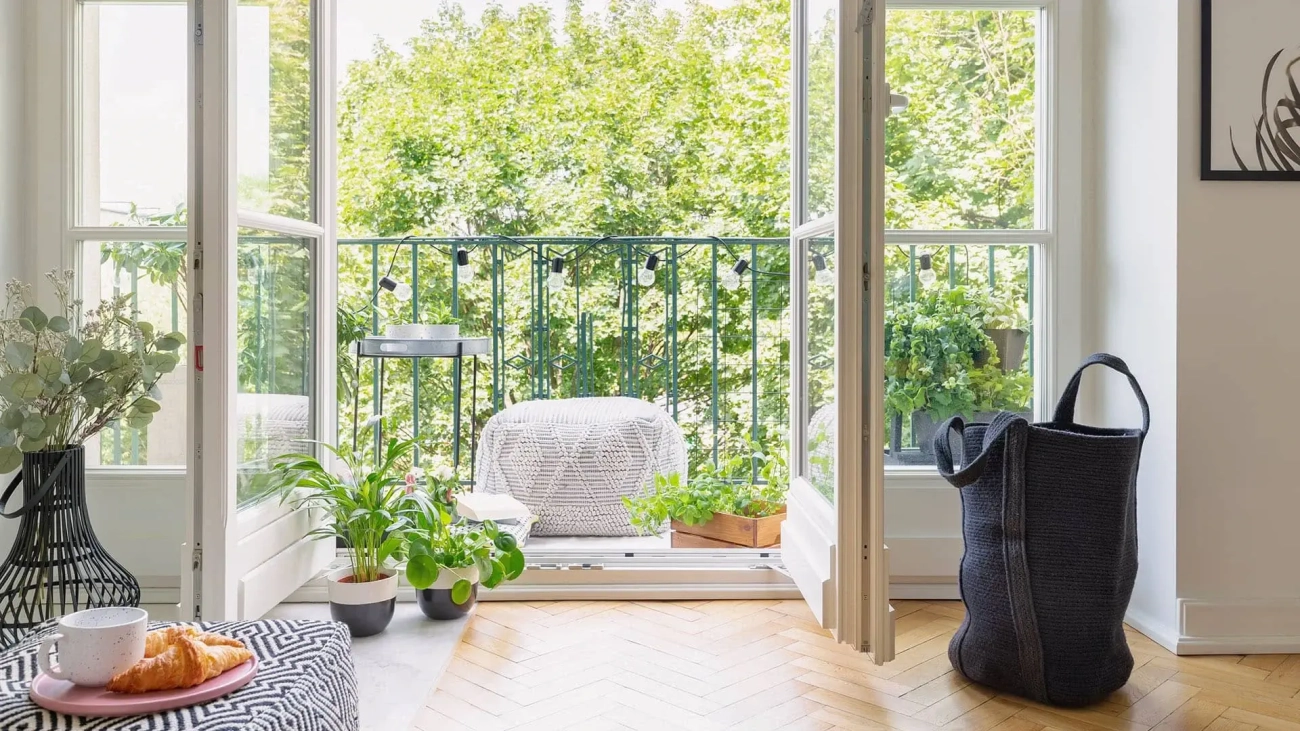Madrid became one of the major European references for Neoclassicism, thanks to the Enlightenment movement during the reign of Charles III. The goal was to transform a baroque and chaotic city into a rational and modern capital, where architecture would become a symbol of progress, science, and order. This project shaped a new urban identity, still visible today in the monumental axes of Paseo del Prado and the buildings that defined the aesthetic of an entire era.
What is Neoclassical Architecture?
Neoclassical architecture emerged in Europe in the mid-18th century as a conscious return to the simplicity and harmony of classical antiquity. Inspired by Greece and Rome, it is characterized by geometric simplicity, proportional order, and symmetry in compositions. Doric or Ionic columns, triangular pediments, and domes are some of its most recognizable elements.
Beyond a visual style,
Neoclassicism was an intellectual revolution. It was born as a reaction against the decorative excesses of Baroque and Rococo, movements associated with courtly opulence. In contrast, Neoclassical architects championed compositional reason, reflecting the rationalist mindset of the Enlightenment.
Their goal was to create public spaces that were both useful and moral, where beauty responded to function and knowledge. This vision aligned with the values of the enlightened bourgeoisie and reformist monarchs aiming to modernize society. While Neoclassicism sought the ideal order of reason, later styles, such as brutalist architecture, would advocate for a different material sincerity, demonstrating how each architectural movement reflects the philosophy of its time.
The Influence of Neoclassical Architecture on the Modern City
The impact of Neoclassicism extended beyond individual buildings: it was the foundation of modern urbanism. Principles of rationality, symmetry, and monumental perspective were applied to the planning of entire cities. In contrast to the irregular and dark layout of Baroque cities, the Enlightenment proposed a model for organized, hygienic, and functional cities.
Straight, wide avenues were introduced, not only to improve circulation but also to symbolize the power of reason over disorder. These avenues culminated in monuments or public buildings that structured the citizen’s view of the city. At the same time, squares and promenades proliferated as civic meeting spaces, shifting the prominence from the church and palace to the public realm.
Examples such as Washington D.C., designed by Pierre Charles L’Enfant under the influence of Thomas Jefferson, or the transformation of Paris with Haussmann’s plan, demonstrate the universality of this model. In Spain, the Bourbon Enlightenment applied these ideas both in new towns and in the remodeling of existing cities, including Madrid, which became a laboratory for this rational planning.
How Neoclassical Architecture Marks Madrid’s Visual Identity
The visual identity of present-day Madrid cannot be understood without the reign of Charles III. Under his leadership, the capital transformed from a city of baroque convents and palaces to an enlightened metropolis comparable to Paris or Naples. The monarch entrusted this transformation to architects trained at the Royal Academy of Fine Arts of San Fernando, where the rational principles of the new style were taught.
Among them, Juan de Villanueva stood out as the foremost representative of Spanish Neoclassicism. His mastery of proportion, simplicity, and functionality led to some of the most iconic buildings in the city. Alongside him worked Francesco Sabatini, the royal architect responsible for monumental works that consolidated the new image of enlightened power.
The core of this transformation was the Salón del Prado, now known as Paseo del Prado, conceived as an urban axis dedicated to science and culture. Around this great promenade, institutions dedicated to knowledge were built: the Prado Museum, the Royal Astronomical Observatory, and the Botanical Garden. This ensemble, declared a UNESCO World Heritage site under the name “Paisaje de la Luz” (Landscape of Light), is a unique example of Enlightenment urbanism, where architecture serves knowledge.
Major Examples of Neoclassical Architecture in Madrid
The legacy of Neoclassical architecture in Madrid is extensive and visible in many parts of the city. Below are the most representative examples from the Enlightened period promoted by Charles III.
Prado Museum
Designed by Juan de Villanueva in 1785, the building was originally conceived as the Cabinet of Natural Sciences by order of Charles III. Its rational structure, with Corinthian columns and a central rotunda, synthesizes the purity of the Neoclassical style. Today, it houses one of the world’s most important art collections, but its scientific origins tie it directly to the “science axis” of Paseo del Prado.
Puerta de Alcalá
Commissioned by Charles III to architect Francesco Sabatini and completed in 1778, it was the first modern triumphal arch in Europe since antiquity. Its composition with five openings and two different facades makes it a symbol of enlightened power and the new monumental entrance to the capital. Situated at the end of the Salón del Prado, it marked the symbolic gateway to the rational city of the 18th century.
Royal Observatory of Madrid
Also designed by Villanueva, the Observatory was initiated by Charles III and is notable for its dome with a Ionic temple. Conceived for astronomical research, it houses scientific instruments such as the Foucault Pendulum and continues to be home to the National Astronomical Observatory, demonstrating the continuity of the Enlightenment spirit in present-day Madrid.
Palacio de Liria
Built between 1767 and 1785 by architect Ventura Rodríguez for the III Duke of Berwick, the Palacio de Liria represents the adoption of Neoclassicism by the enlightened aristocracy. Its symmetrical facade and compact plan reflect the transition to a more rational and balanced taste, marking a milestone in Madrid’s residential architecture.
Other notable examples include the Royal Gate of the Botanical Garden and the Oratory of the Knight of Gracia, also by Villanueva, which solidified the formal purity of the style in the city.
Neoclassical architecture in Madrid was not only an aesthetic trend but an urban and ideological project that transformed the capital. Thanks to Charles III and architects like Villanueva, Sabatini, and Rodríguez, Madrid became a model of an enlightened city where art, science, and reason coexisted in harmony. Today, the Paisaje de la Luz and monuments like the Puerta de Alcalá continue to stand as living symbols of the rationalist legacy that defined modern Spain.
Book Now on BizTrip


